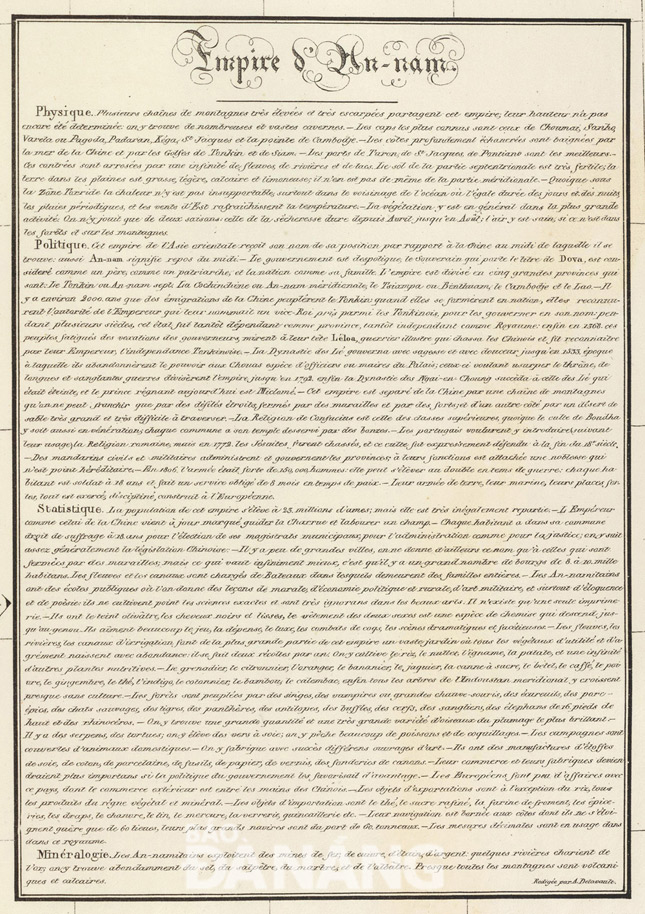Valuable map proves Viet Nam's sovereignty over Hoang Sa Archipelago
On Tuesday, an old map which re-affirms Viet Nam’s sovereignty over the Hoang Sa (Paracel) Archipelago was presented to the Hoang Sa Islands District People’s Committee (PC) in Da Nang.
 |
| Mr Thang (left) with the map |
The map was donated by Vietnamese-born American Tran Thang, who is the Chairman of the Institute for Vietnamese Culture and Education in the USA.
The map, entitled ‘Partie de la Cochinchine’, was numbered 106 in the ‘Atlas Universel de Geographie’ (World Atlas of Geography) which was created by renowned Belgian cartographer Phillipe Vandermaelen and published in 1827.
The atlas consists of 6 volumes depicting Europe, Asia, North America, South America, Africa, and Australasia. The Asia volume comprises 11 sheets, with Viet Nam featuring on the maps numbered 97, 105, 106, and 110.
The donated map, No 106, shows the central coastline spanning from latitude 12 (in present-day Khanh Hoa Province) to latitude 16 (in Quang Nam Province). The Hoang Sa Archipelago is shown comprising of such islands as Pattles and DunCan in the west, Tree, Lincoln and Rocher de l'eau au Dessus to the east, Triton to the southwest, and Invertigateur to the south.
The map also features a written summary of ‘The Empire d’An-nam’, which was the former name of the central region during the Nguyen Dynasty.
 |
| The summary of the Empire of An Nam |
Mr Thang affirms that map No 106 clearly shows that the Hoang Sa Archipelago belonged to the Empire of An-nam.
Mr Vo Ngoc Dong, the Director of the municipal Department of Home Affairs cum Chairman of the Hoang Sa Islands District PC, affirmed that the map donated by Mr Thang helps to enrich the city’s collection of valuable and legal evidence which asserts Viet Nam’s sovereignty over the archipelago.
He underlined that the map is an invaluable document which increases the scientific value of the country’s ongoing publicity of the nation’s claims over its sea and islands, as well as demonstrates the highly effective legal value of Viet Nam’s unceasing righteous struggle for its sovereignty and territorial integrity.